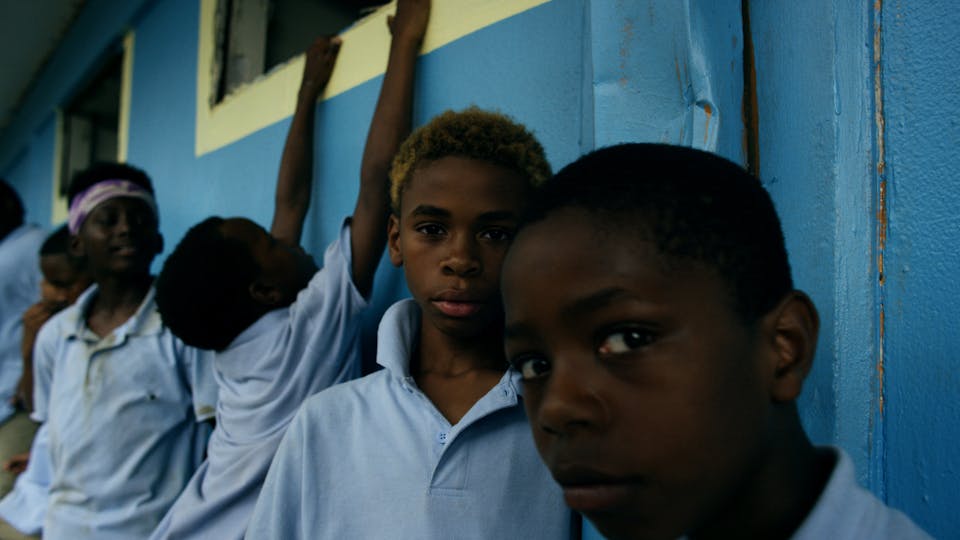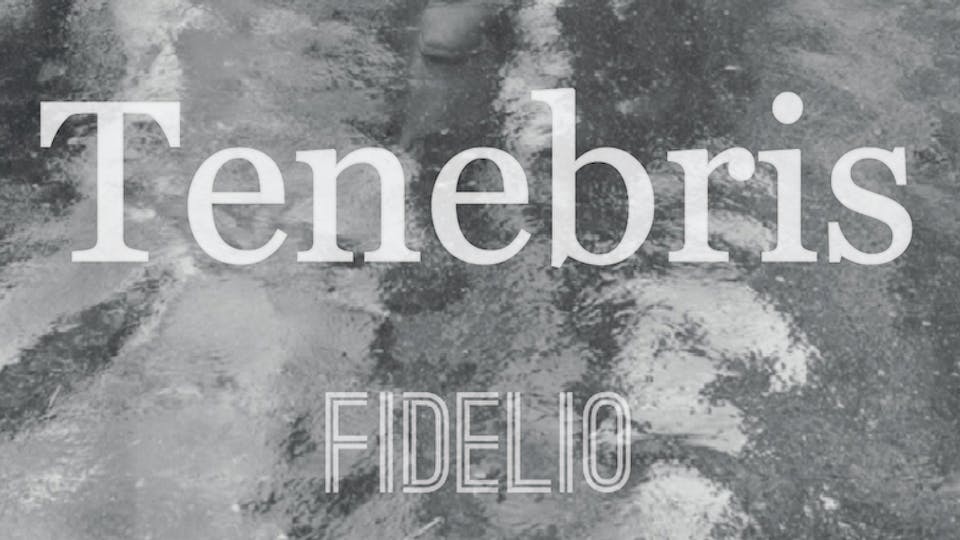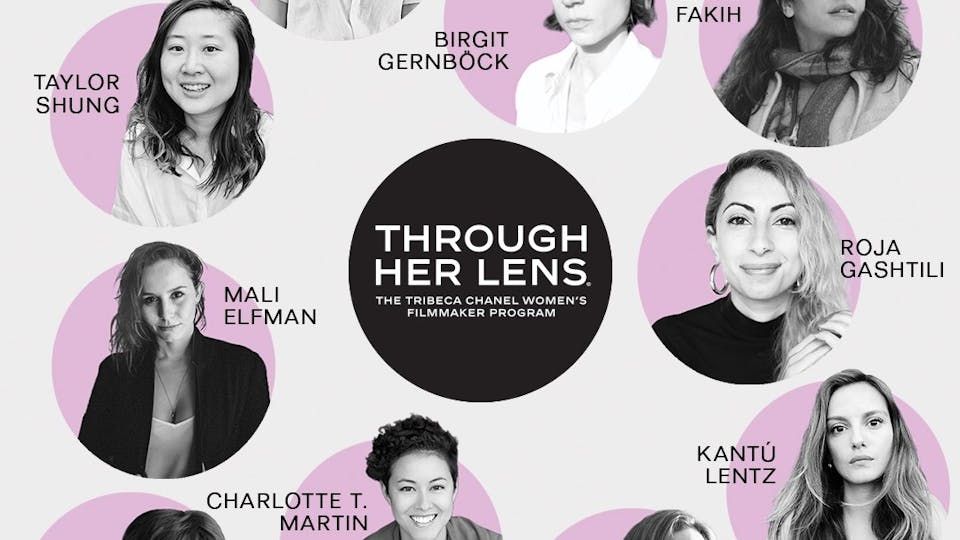5 Major Influences From Ben Nabors

Premiering Sunday at South By Southwest, Ben Nabors' William and the Windmill (Gucci Tribeca Documentary Fund alumni) follows Malawian William Kamkwamba who becomes a energy celebrity after he teaches himself how to build a power-generating windmill from junk parts, which rescues his family from poverty and famine. But with the fame and opportunities he'd never dreamed of comes stress and a desire to distance himself from his windmill to return to a a normal life. Nabors gives us the five major influences behind the making of Windmill and how he makes films in general.

1. The Oath (dir. Laura Poitras, 2010) One of the editors on our film, Jonathan Oppenheim, previously cut Laura Poitras' film The Oath. The subject matter of The Oath is very different from our project, but the concern for accurate portraiture and respect for complexity was a guiding principle in our process. I looked to Laura's film as a real example of what documentary storytelling can be, and have tried to render our story as accurately as that film. 2. Notes On The Cinematographer (Robert Bresson, Green Integer Press, 1950 - 1974) My mentor gave me this book on my 30th birthday. I read it often. More than anything, these "notes" encourage trust in the work, and trust in the moment, even when the meaning of the work or the significance of the moment is imperceptible. On some level, we must stop looking for what we think should be there, and recognize what is actually present—so says Bresson, I paraphrase. There's nothing else I can really say about this book that is on par with the experience of reading it, and re-reading it. 3. A subway cellist There is a subway busker in the Bedford Ave L Train stop that plays the cello in New York City. His name is Jacob Cohen. During the 2012 spring, as we were cutting this film in my studio near the station and we would frequently pass Jacob on the platform, playing with abandon. Through time hearing Jacob, it became clear that a tactile sound and aggressive cello work was the attitude we were looking for on the film. Jacob did not score our film—we had the good fortune to work with two incredible composers Saunder Jurriaans and Danny Bensi—but he helped us find a vocabulary to communicate the sound that we were looking for. He worked as a music consultant on the project and spent several afternoons with the editors, talking about visual and sonic rhythms (listen to his music). 4. Fixer: The Taking of Ajmal Naqshbandi (dir. Ian Olds, 2009) This film is an intimate story that reminds us that the world is bigger and more complicated than we think we know, asking the audience to be comfortable in that complexity. I am a huge fan of Ian Olds' work, and will look closely at anything he chooses to work on. He is a filmmaker that finds significance in the seemingly overlooked. He reinforces this idea that meaningful stories are everywhere, and that the uniquely personal can be rendered large and powerful. 5. Ondi Timoner It's not a romantic concept, but I've started to think about documentary as a kind of endurance medium. So much of the process is about the act of continuing. At least that's true for me. I have been working on William and the Windmill for over five years. That is a lot of my life, but nothing compared to the commitment that a filmmaker like Timoner puts towards her stories. When I watch Dig! and We Live In Public, I can't help but imagine her out-of-frame, keeping herself motivated to follow the story. In long projects, we're often faced by the hardest questions of all: "What am I doing?" and "Is this important?" She maintains a trust in the subject and the character, and I find that very inspiring. [Photos: A still from William and the Windmill; Ben Nabors]






